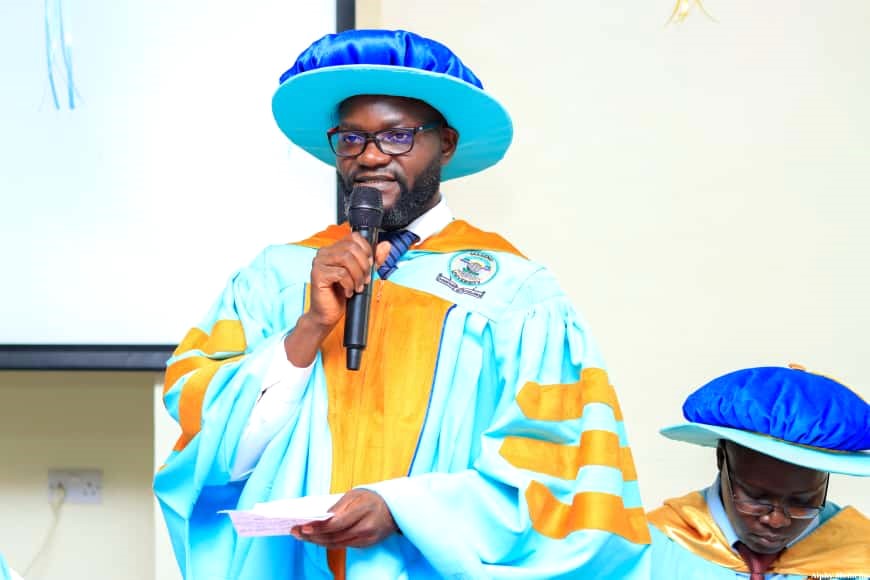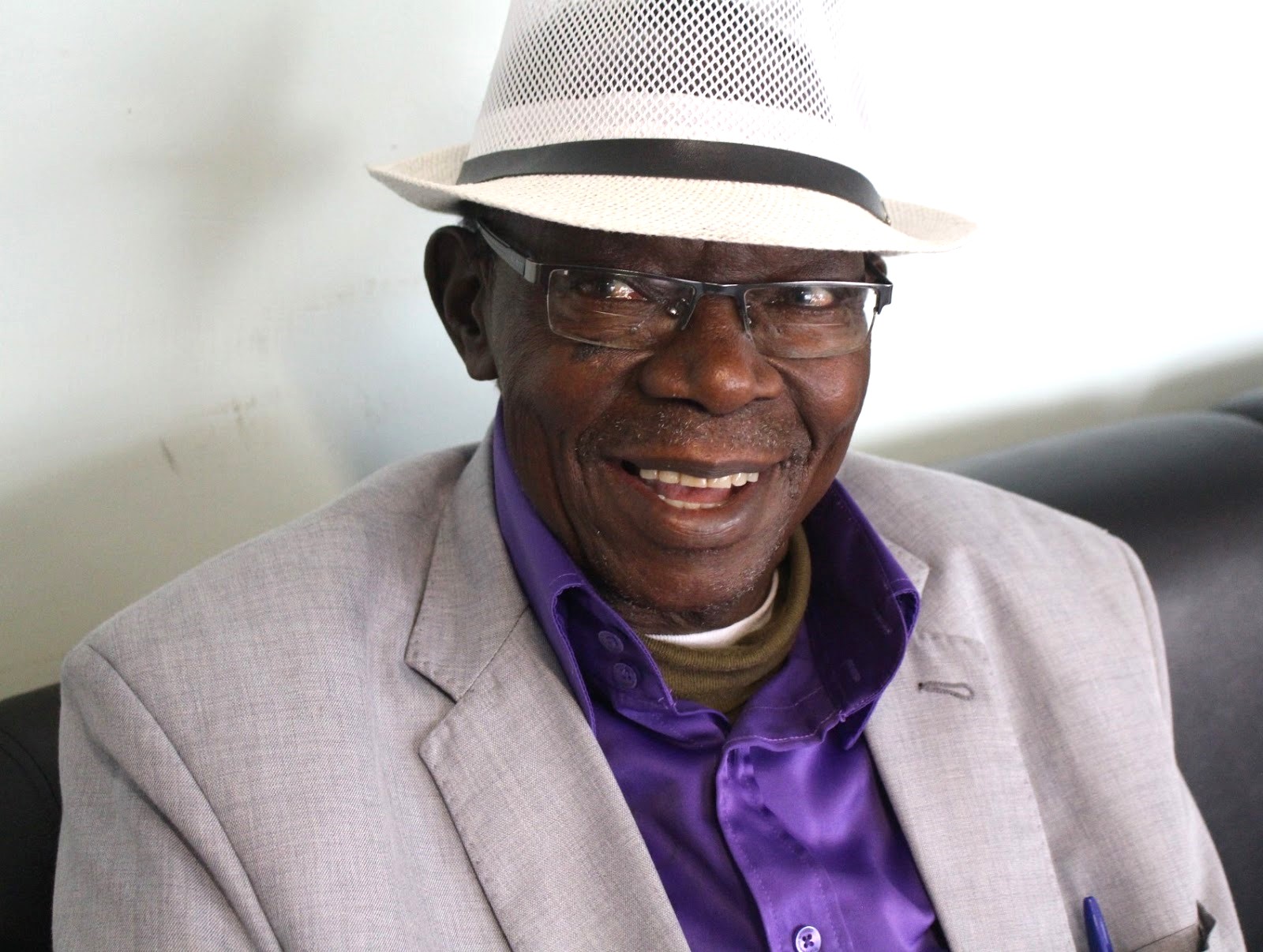Steve Jobs, the co-founder of Apple Inc., is widely regarded as one of the greatest innovators of our time. But long before he became a tech icon, Jobs was a restless, often rebellious child who didn’t quite fit into the traditional school system. His story is a powerful reminder that not all brilliant minds thrive within the boundaries of conventional education – and that sometimes, the most disruptive students are simply the most visionary.
Jobs was born in 1955 and adopted by Paul and Clara Jobs in California. From a young age, he showed signs of intense curiosity and a sharp mind, but he also had a streak of nonconformity that made schooling difficult. In elementary school, he was so bored and disinterested that he played pranks, resisted authority, and often got into trouble. One teacher recognised his potential and helped nurture his learning by assigning him special projects and even bribing him with candy to stay focused. That slight shift – recognising how differently Jobs’ mind worked – set him on a path toward more engaged learning, though his resistance to traditional schooling remained.
Jobs later recalled that he hated the rigid structure of school, where conformity was expected, and creativity was rarely valued. He saw little point in memorising facts or following rules that didn’t align with deeper meaning or innovation. His high school years were marked by continued disengagement from academics and experimentation with alternative ideas, including spiritual exploration, calligraphy, and Eastern philosophy. These would later shape his design philosophy at Apple.
READ ALSO:
CEMASTEA hosts math talent contest as Anestar Nakuru trio qualifies for second round
After enrolling at Reed College, Jobs dropped out after just one semester. But he didn’t leave learning behind—he continued to audit classes that fascinated him, particularly in typography and calligraphy. He once said, “If I had never dropped in on that single college course, the Mac would never have had multiple typefaces or proportionally spaced fonts.” This illustrates that even what seemed like academic failure became a stepping stone to visionary design.
What truly defined Jobs was his ability to think differently. He fused artistry with technology, intuition with logic. His leadership at Apple led to the creation of products like the Macintosh, iPod, iPhone, and iPad – devices that redefined how people live and communicate. He was not a conventional engineer, programmer or business manager. He was a connector of ideas, a master of focus, and an advocate of simplicity and elegance in design. He believed that creativity was just “connecting things” in new ways.
Yet, his brilliance often came with intensity. He could be difficult, obsessive, and demanding – traits that were once seen as problematic in school but later became part of his success. The same traits that got him in trouble in the classroom – questioning authority, thinking independently, refusing to accept mediocrity – were the ones that enabled him to disrupt entire industries.
The story of Steve Jobs challenges educators everywhere, especially in Kenya, to reflect on how many “Steve Jobs” they might have in their own classrooms. How many students seem uninterested, rebellious, or defiant – not because they lack intelligence, but because the system doesn’t fit their way of thinking? How many children drop out or underperform simply because we failed to recognize their potential beyond exam scores and class discipline?
Jobs once said, “Here’s to the crazy ones, the misfits, the rebels, the troublemakers… the ones who see things differently.” That tribute wasn’t just marketing – it was deeply personal. He had lived it. He had been one of those misfits. And he became a legend not in spite of it, but because of it.
For Kenyan educators and policymakers, Steve Jobs’ journey is a wake-up call. Our education system must evolve beyond conformity, lecture-based learning, and test obsession. We must create space for curiosity, creativity, risk-taking, and independent thinking. We must be brave enough to nurture the minds that don’t fit the mold – because those might just be the minds that change the world.
By Ashford Kimani
Ashford teaches English and Literature in Gatundu North Sub County and serves as Dean of Studies.
You can also follow our social media pages on Twitter: Education News KE and Facebook: Education News Newspaper for timely updates.
>>> Click here to stay up-to-date with trending regional stories
>>> Click here to read more informed opinions on the country’s education landscape
>>> Click here to stay ahead with the latest national news.





